Region Western philosophy | Name Arthur Danto Role Art critic | |
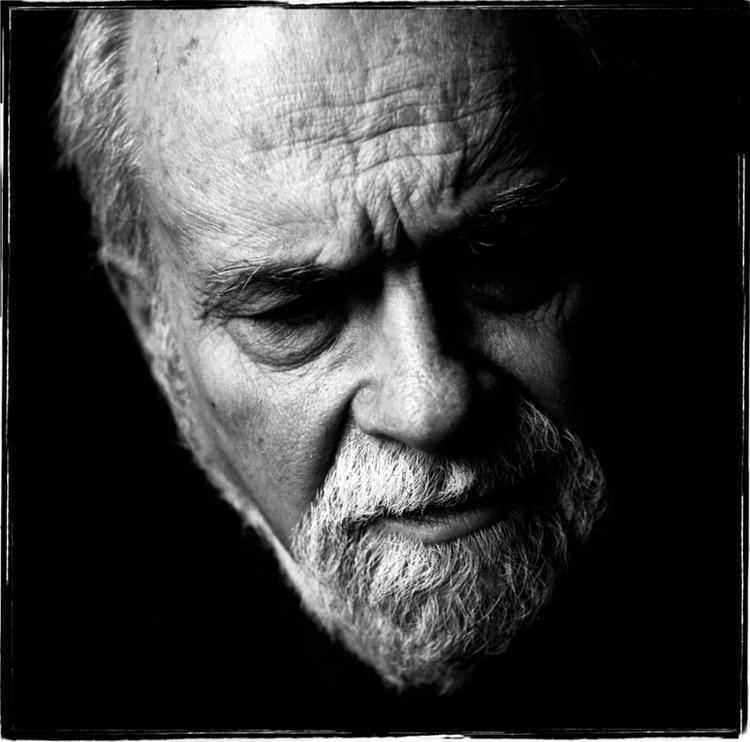 | ||
Main interests Philosophy of artPhilosophy of historyPhilosophy of action Notable ideas Narrative sentencesBasic actionsEnd of ArtPost-historical ArtIndiscernibles Died October 25, 2013, Manhattan, New York City, New York, United States Awards Guggenheim Fellowship for Humanities, US & Canada, National Book Critics Circle Award for Criticism Books After the End of Art, What Art Is, Despues del Fin del Arte, The Transfiguration of the Co, The Abuse of Beauty Similar People Andy Warhol, Georg Wilhelm Friedrich, Friedrich Nietzsche, Sidney Morgenbesser, Steve Martin | ||
Brillo box and so forth an interview to arthur danto
Arthur Coleman Danto (January 1, 1924 – October 25, 2013) was an American art critic and philosopher. He is best known for having been influential, long-time art critic for The Nation and for his work in philosophical aesthetics and philosophy of history, though he contributed significantly to a number of fields, including the philosophy of action. His interests included thought, feeling, philosophy of art, theories of representation, philosophical psychology, Hegel's aesthetics, and the philosophers Friedrich Nietzsche and Arthur Schopenhauer.
Contents
- Brillo box and so forth an interview to arthur danto
- Irene caesar asks arthur danto about the end of art
- Background and education
- Thought
- Artworld and the definition of art
- The end of art
- Art criticism
- Death
- Books
- Essays
- References

Irene caesar asks arthur danto about the end of art
Background and education
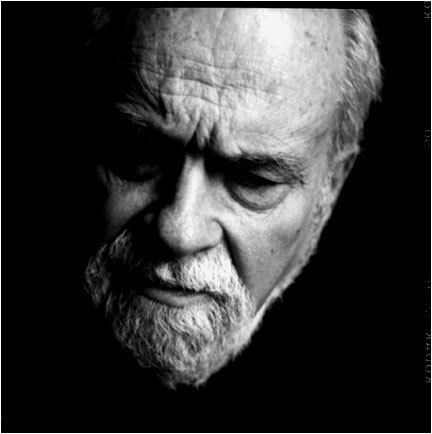
Danto was born in Ann Arbor, Michigan, January 1, 1924, and grew up in Detroit. He was raised in a Reform Jewish home. After spending two years in the Army, Danto studied art and history at Wayne University (now Wayne State University) and then pursued graduate study in philosophy at Columbia University. From 1949 to 1950, Danto studied in Paris on a Fulbright scholarship under Jean Wahl, and in 1951 returned to teach at Columbia. In 1992 he was named Johnsonian Professor Emeritus of Philosophy. He was twice awarded fellowships from the Guggenheim Foundation and was a member of the American Academy of Arts and Sciences.
Thought

Arthur Danto argues that "a problem is not a philosophical problem unless it is possible to imagine that its solution will consist in showing how appearance has been taken for reality." While science deals with empirical problems, philosophy according to Danto examines indiscernible differences that lie outside of experience.
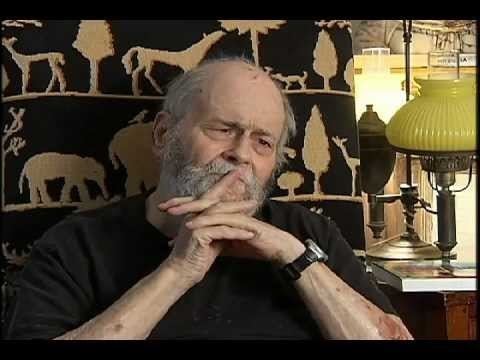
Danto "believes that persons are essentially systems of representation."
"Artworld" and the definition of art
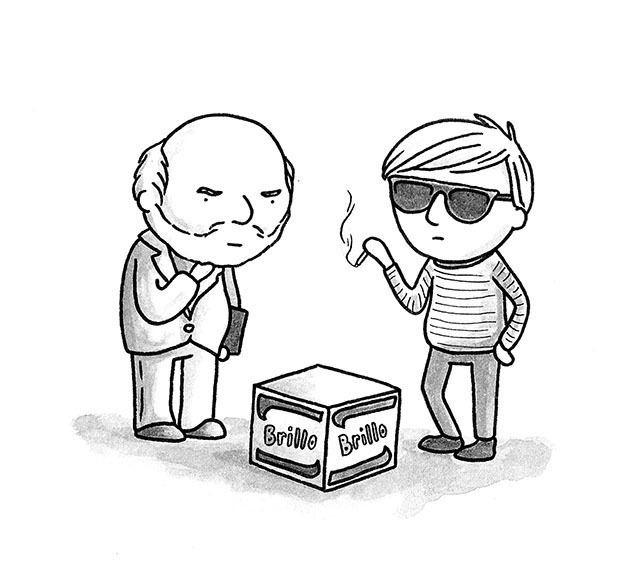
Danto laid the groundwork for an institutional definition of art that sought to answer the questions raised by the emerging phenomenon of twentieth-century art. The definition of the term “art” is a subject of constant contention and many books and journal articles have been published arguing over the answer to the question "What is Art?" Definitions can be categorized into conventional and non-conventional definitions. Non-conventional definitions take a concept like the aesthetic as an intrinsic characteristic in order to account for the phenomena of art. Conventional definitions reject this connection to aesthetic, formal, or expressive properties as essential to defining art but rather, in either an institutional or historical sense, say that “art” is basically a sociological category. In terms of classificatory disputes about art, Danto takes a conventional approach. His "institutional definition of art" considers whatever art schools, museums, and artists get away with, regardless of formal definitions. Danto has written on this subject in several of his recent works and a detailed treatment is to be found in Transfiguration of the Commonplace.

The essay "The Artworld" in which Danto coined the term “artworld”, by which he meant cultural context or “an atmosphere of art theory,” first appeared in the Journal of Philosophy (1964) and has since been widely reprinted. It has had considerable influence on aesthetic philosophy and, according to professor of philosophy Stephen David Ross, "especially upon George Dickie's institutional theory of art. Dickie defines an art work as an artifact 'which has had conferred upon it the status of candidate for appreciation by some person or persons acting in behalf of a certain social institution (the artworld)' (p. 43.)"
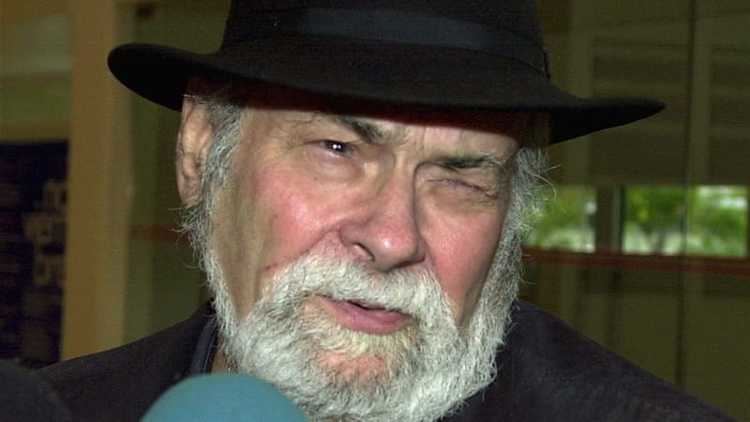
According to the Stanford Encyclopedia of Philosophy, "Danto's definition has been glossed as follows: something is a work of art if and only if (i) it has a subject (ii) about which it projects some attitude or point of view (has a style) (iii) by means of rhetorical ellipsis (usually metaphorical) which ellipsis engages audience participation in filling in what is missing, and (iv) where the work in question and the interpretations thereof require an art historical context. (Danto, Carroll) Clause (iv) is what makes the definition institutionalist. The view has been criticized for entailing that art criticism written in a highly rhetorical style is art, lacking but requiring an independent account of what makes a context art historical, and for not applying to music."
The end of art
The basic meaning of the term "art" has changed several times over the centuries, and continued to evolve during the 20th century as well. Danto describes the history of Art in his own contemporary version of Hegel's dialectical history of art. "Danto is not claiming that no-one is making art anymore; nor is he claiming that no good art is being made any more. But he thinks that a certain history of western art has come to an end, in about the way that Hegel suggested it would." The "end of art" refers to the beginning of our modern era of art in which art no longer adheres to the constraints of imitation theory but serves a new purpose. Art began with an "era of imitation, followed by an era of ideology, followed by our post-historical era in which, with qualification, anything goes... In our narrative, at first only mimesis [imitation] was art, then several things were art but each tried to extinguish its competitors, and then, finally, it became apparent that there were no stylistic or philosophical constraints. There is no special way works of art have to be. And that is the present and, I should say, the final moment in the master narrative. It is the end of the story."
Art criticism
Arthur Danto was an art critic for The Nation from 1984 to 2009, and also published numerous articles in other journals. In addition, he was an editor of The Journal of Philosophy and a contributing editor of the Naked Punch Review and Artforum. In art criticism, he published several collected essays, including Encounters and Reflections: Art in the Historical Present (Farrar, Straus & Giroux, 1990), which won the National Book Critics Circle Prize for Criticism in 1990; Beyond the Brillo Box: The Visual Arts in Post-Historical Perspective (Farrar, Straus & Giroux, 1992); Playing With the Edge: The Photographic Achievement of Robert Mapplethorpe (University of California, 1995); and The Madonna of the Future: Essays in a Pluralistic Art World (Farrar, Straus & Giroux, 2000) and Unnatural Wonders: Essays from the Gap Between Art and Life.
In 1996, he received the Frank Jewett Mather Award for art criticism from the College Art Association.
He was one of the signers of the Humanist Manifesto.
Death
Arthur Danto died on October 25, 2013, aged 89 in Manhattan, New York City.
Books
Danto is the author of numerous books on philosophy and art, and summarizing the works of Continental philosophers in Anglo-American terms.
Arthur Danto's published works include:
